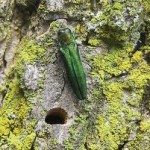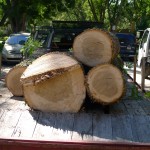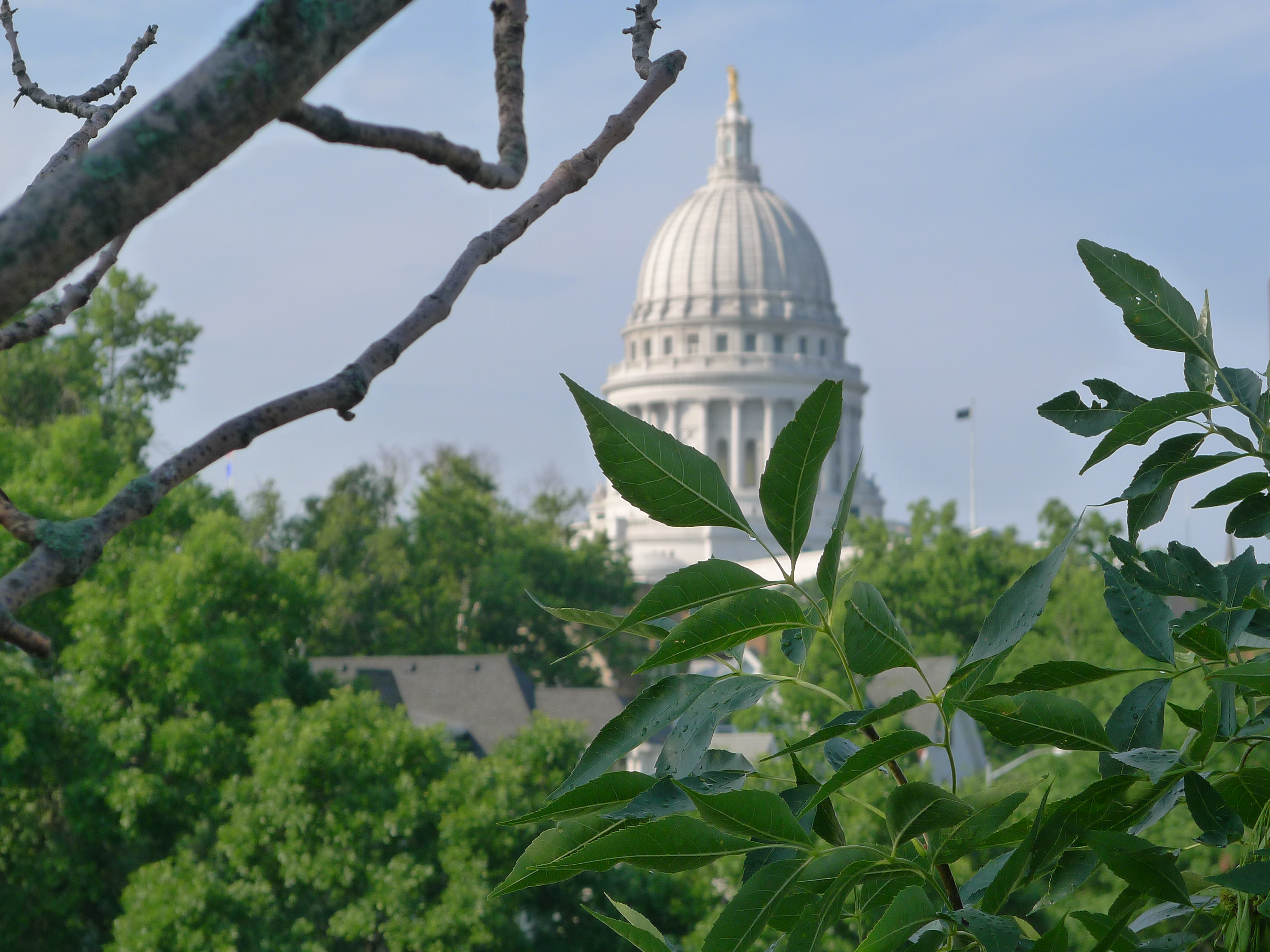 The Emerald Ash Borer (EAB) was found in Madison, Wisconsin in November, 2014 and since then the extent of the infestation has spread throughout Dane County. The presence of EAB means property owners and managers have to decide what to do with their ash trees. If you’re not ready to part with your ash tree now–or ever–then be relieved that there are ways to keep your tree healthy.
The Emerald Ash Borer (EAB) was found in Madison, Wisconsin in November, 2014 and since then the extent of the infestation has spread throughout Dane County. The presence of EAB means property owners and managers have to decide what to do with their ash trees. If you’re not ready to part with your ash tree now–or ever–then be relieved that there are ways to keep your tree healthy.
At the Urban Tree Alliance we recommend the most effective treatment option for EAB. This treatment involves a direct injection of insecticide into the tree, meaning that people, pets, and wildlife are never directly exposed to the pesticide. The chemical, TREE-age” or “emamectin benzoate,” is the most effective known control for EAB. A single application is guaranteed for two years and has been shown to be effective for 3-4 in research studies. More info on Tree-age.
Another chemical that some companies will be using, and is available for sale to the general public is imidacloprid, which goes by the trade names of Merit, Xytect, Bayer Advanced Tree and Shrub Protect, and many others. This chemical is most often applied as a soil drench or soil injection. This means the chemical is diluted in water and poured over the root zone of the tree. We do not recommend the use of this chemical for several reasons:
- It has been shown to be only mildly effective against EAB. Read this research summary for more info.
- The “soil drench” application method results in greater potential for chemical exposure than direct injection methods.
- Imidacloprid belongs to a class of insecticides (neonicotinoids) that is highly toxic to bees and is thought to contribute to a drastic loss in the bee population, termed “colony collapse disorder.”
*Note that not all ash trees are candidates for insecticide treatment. The tree needs to be in good health for the treatment to be effective. An arborist should always inspect a tree before recommending insecticide injection.



